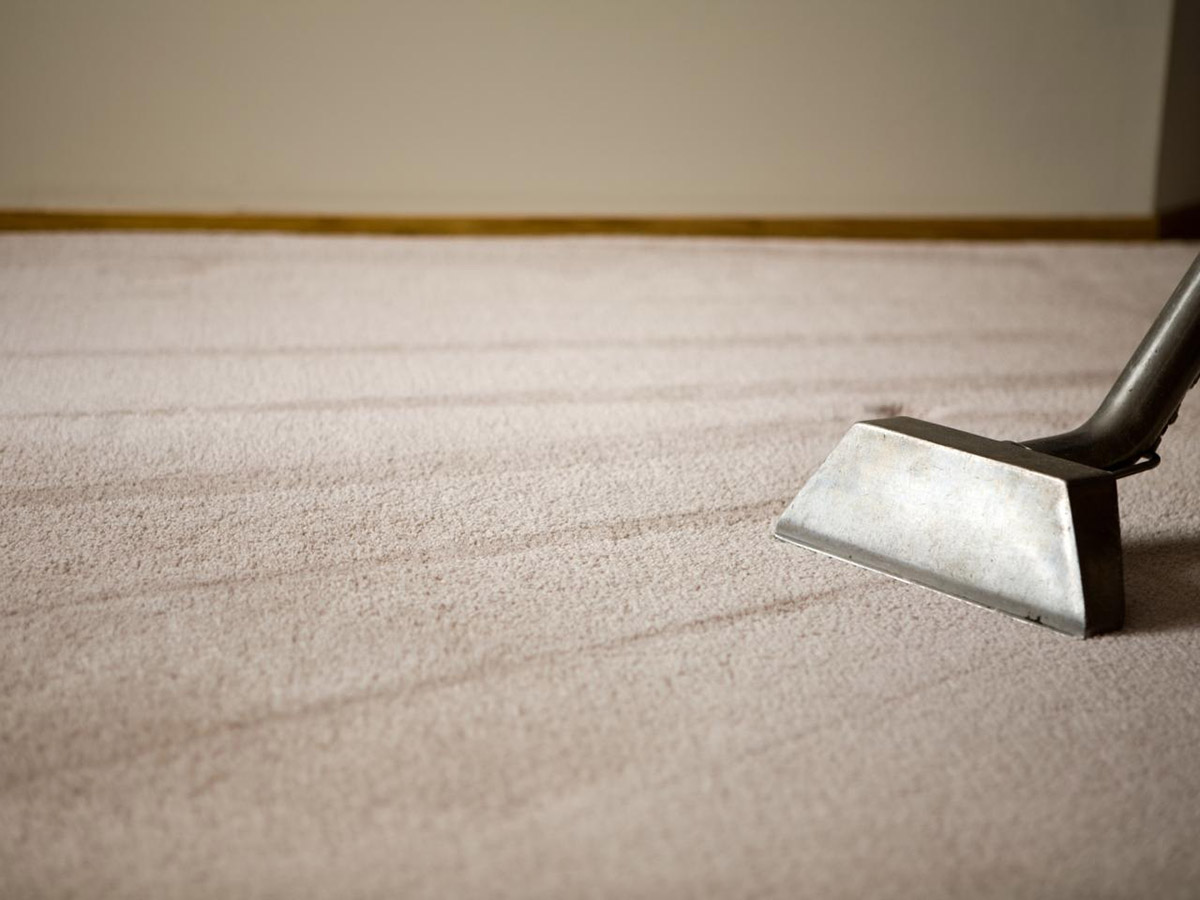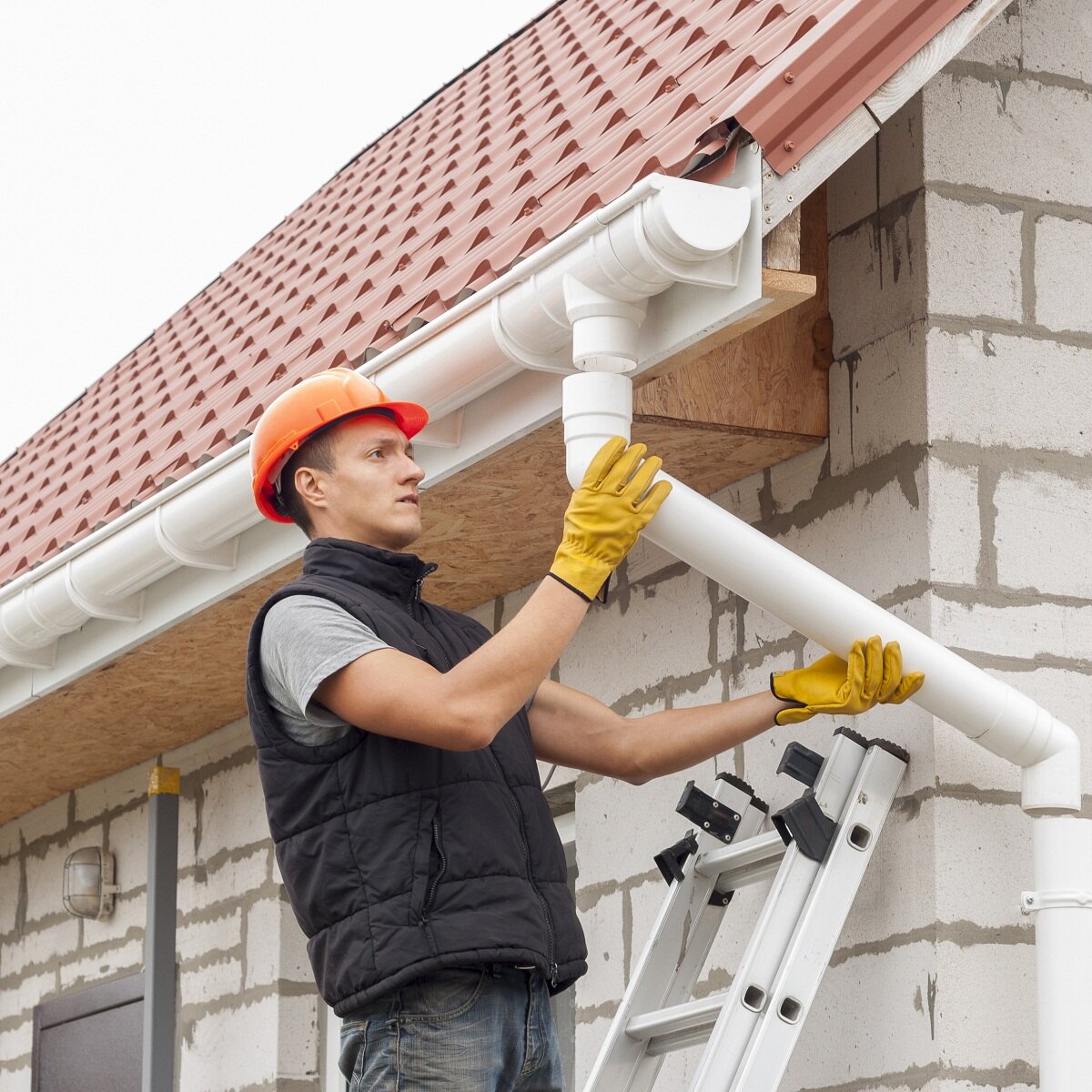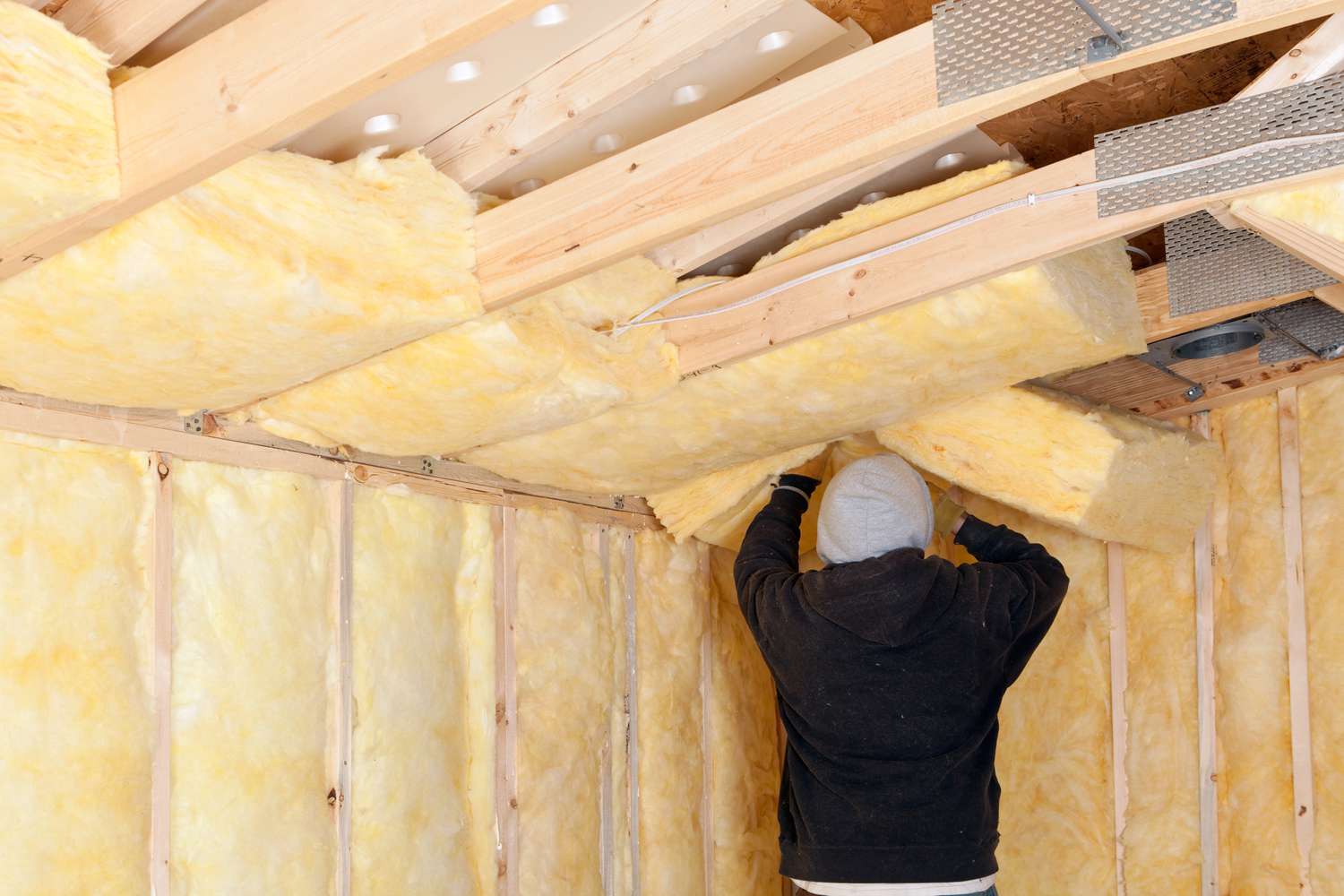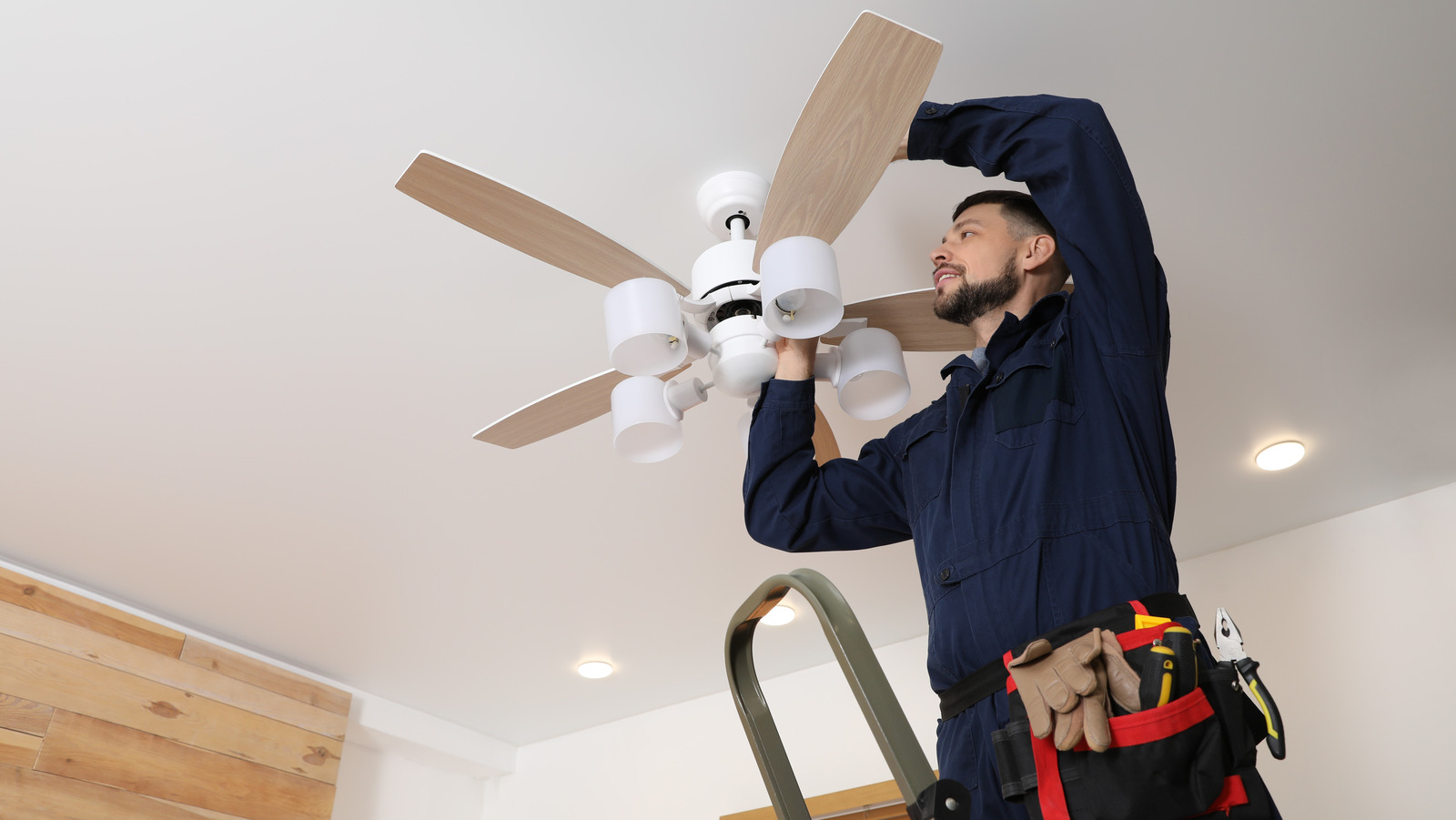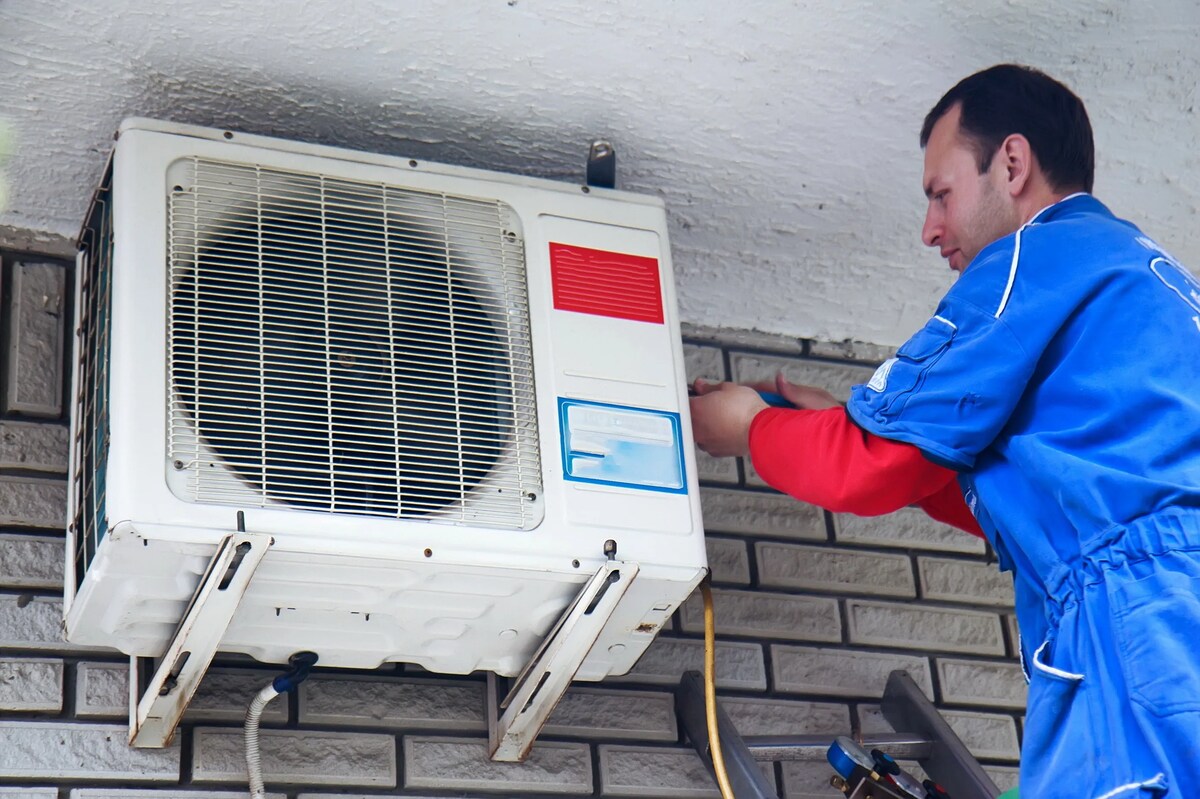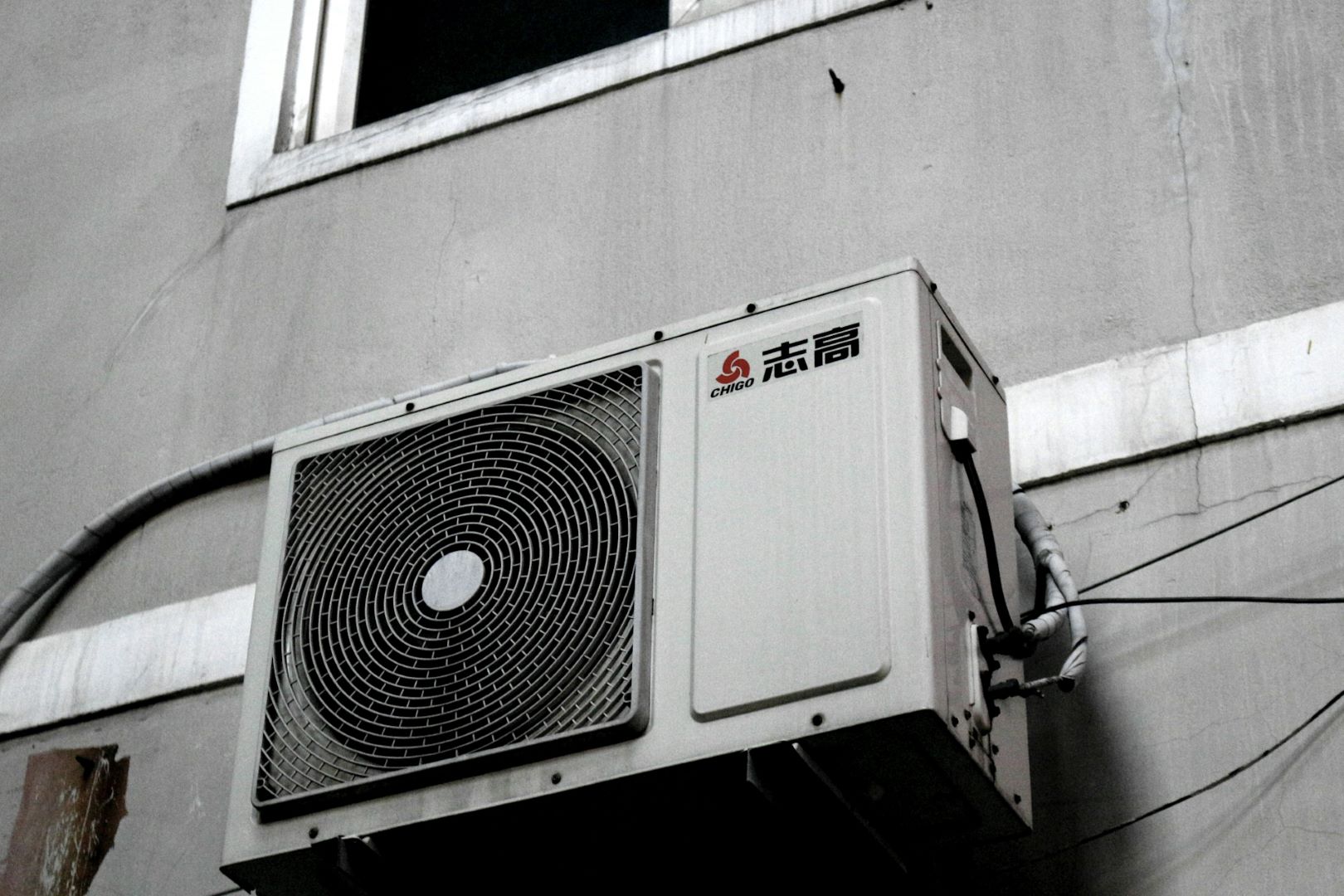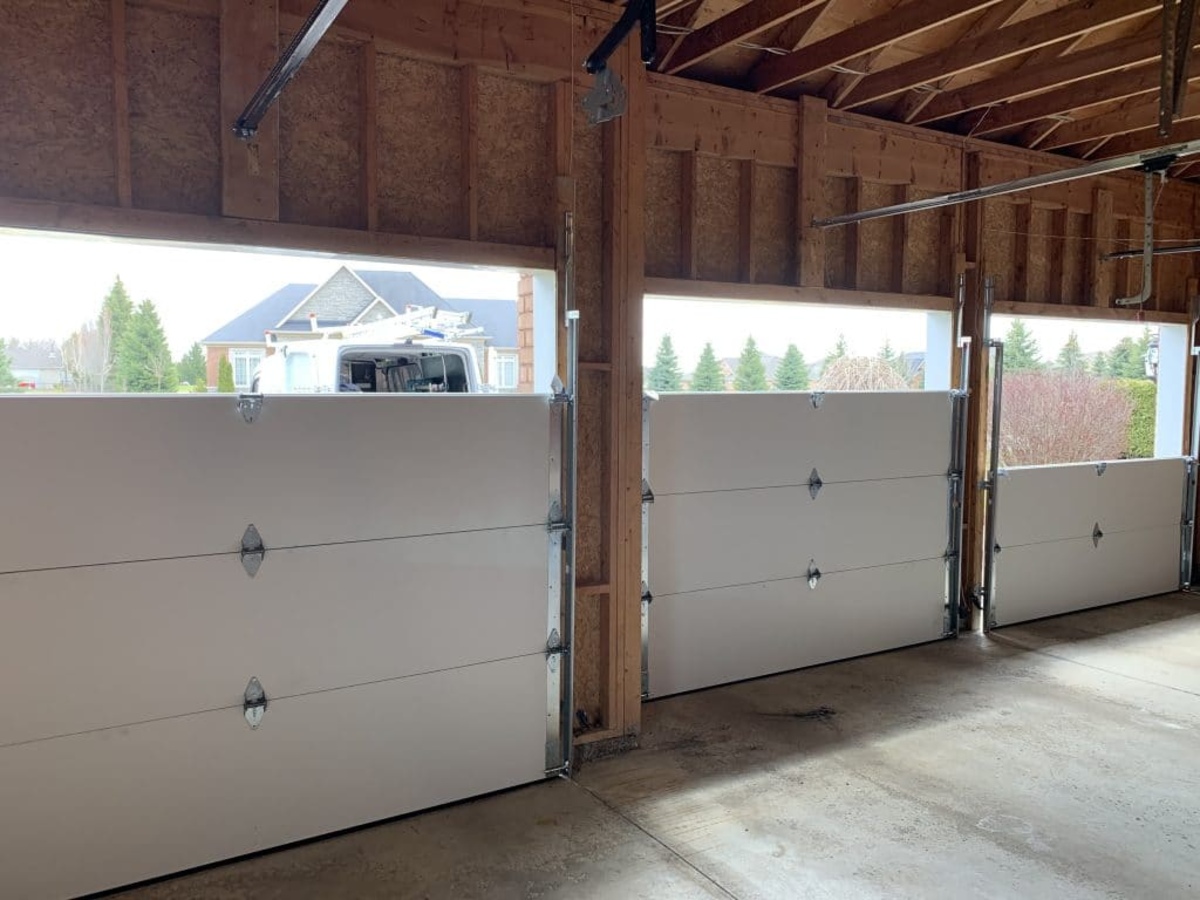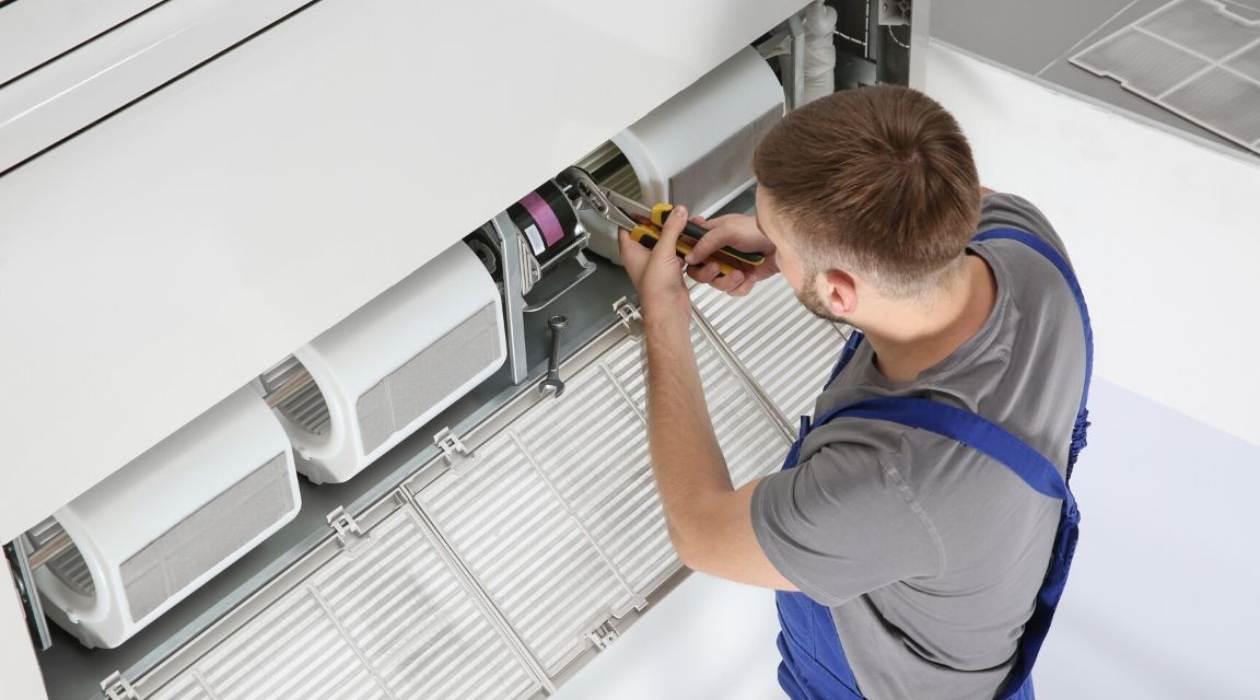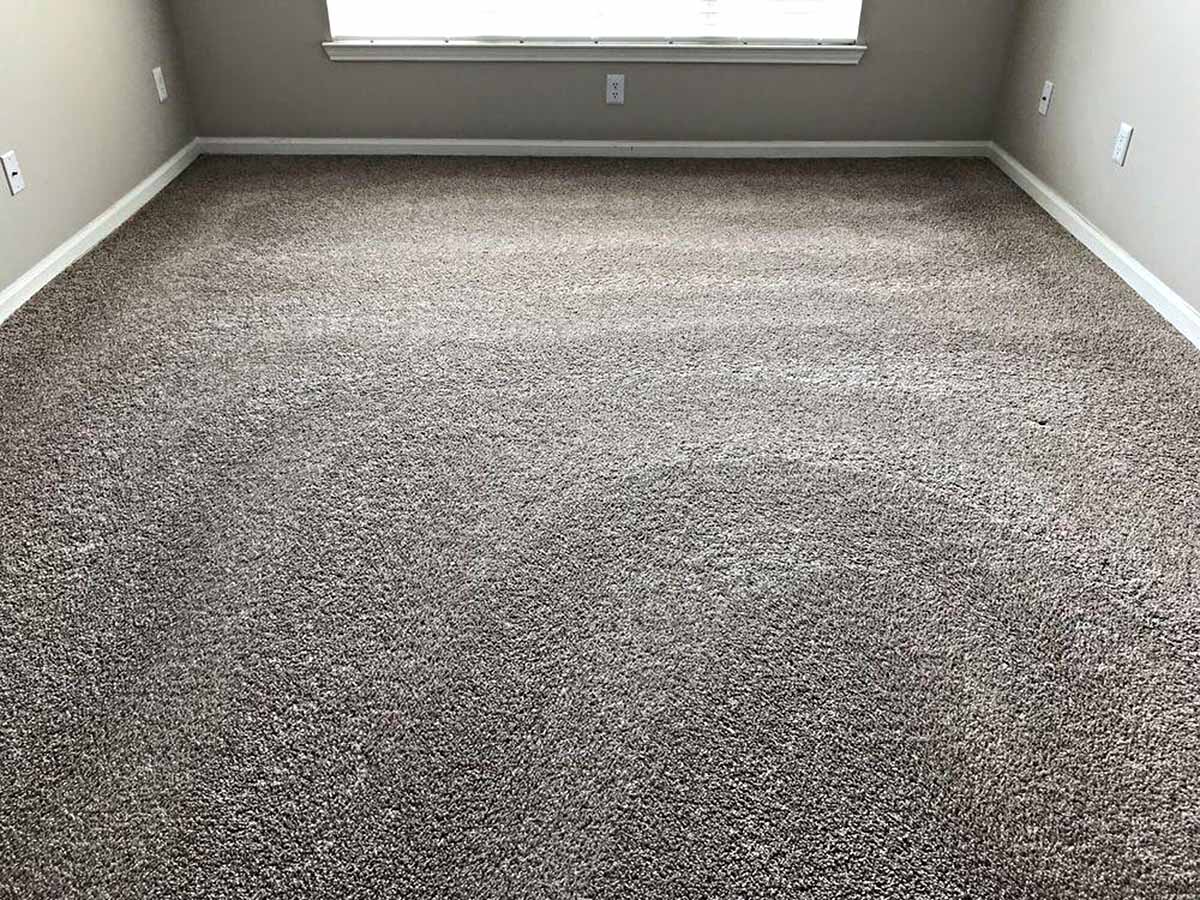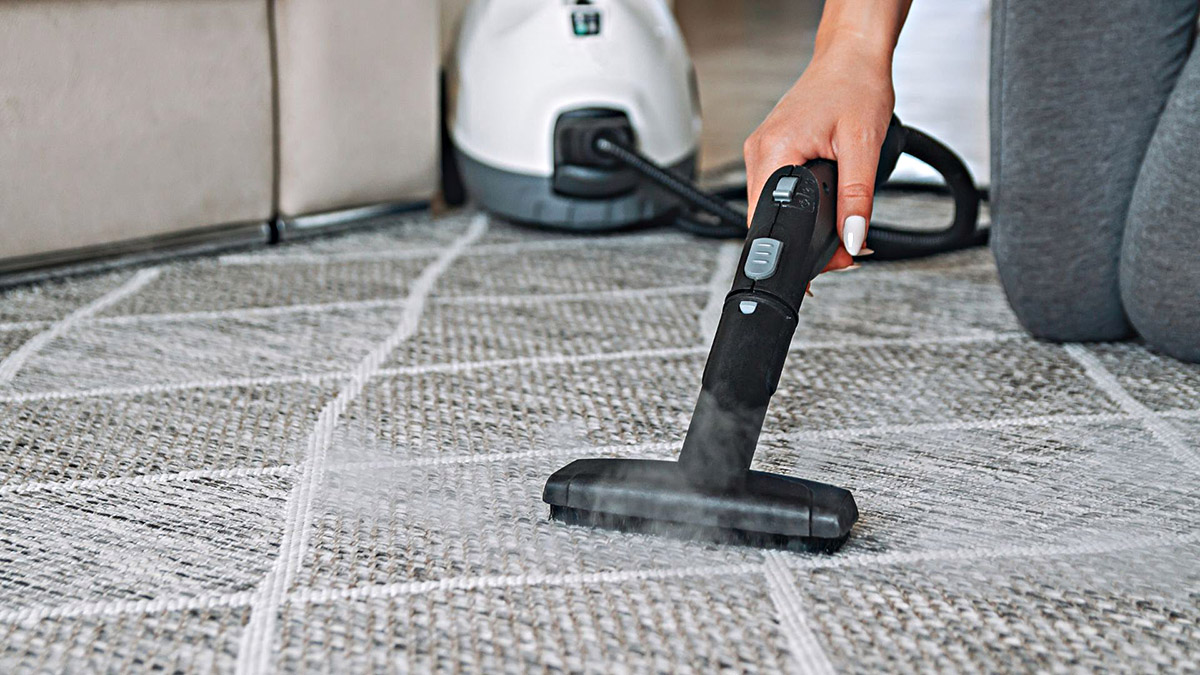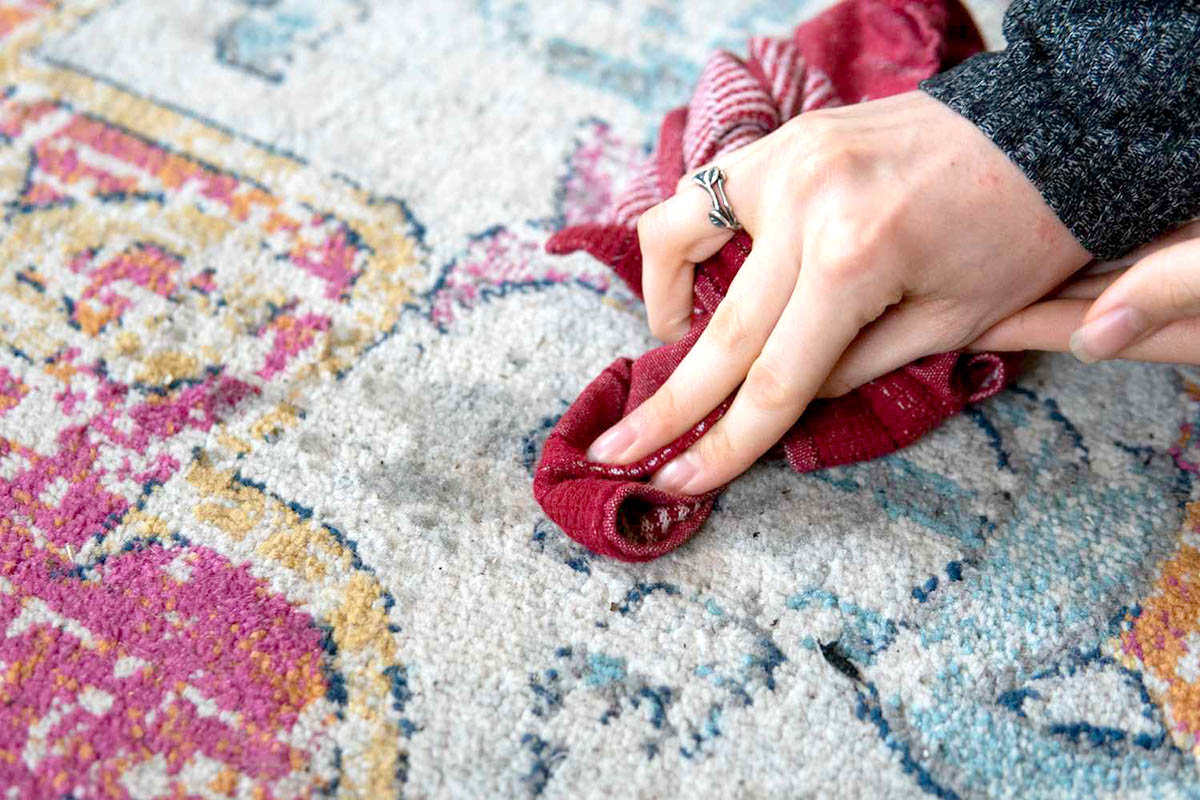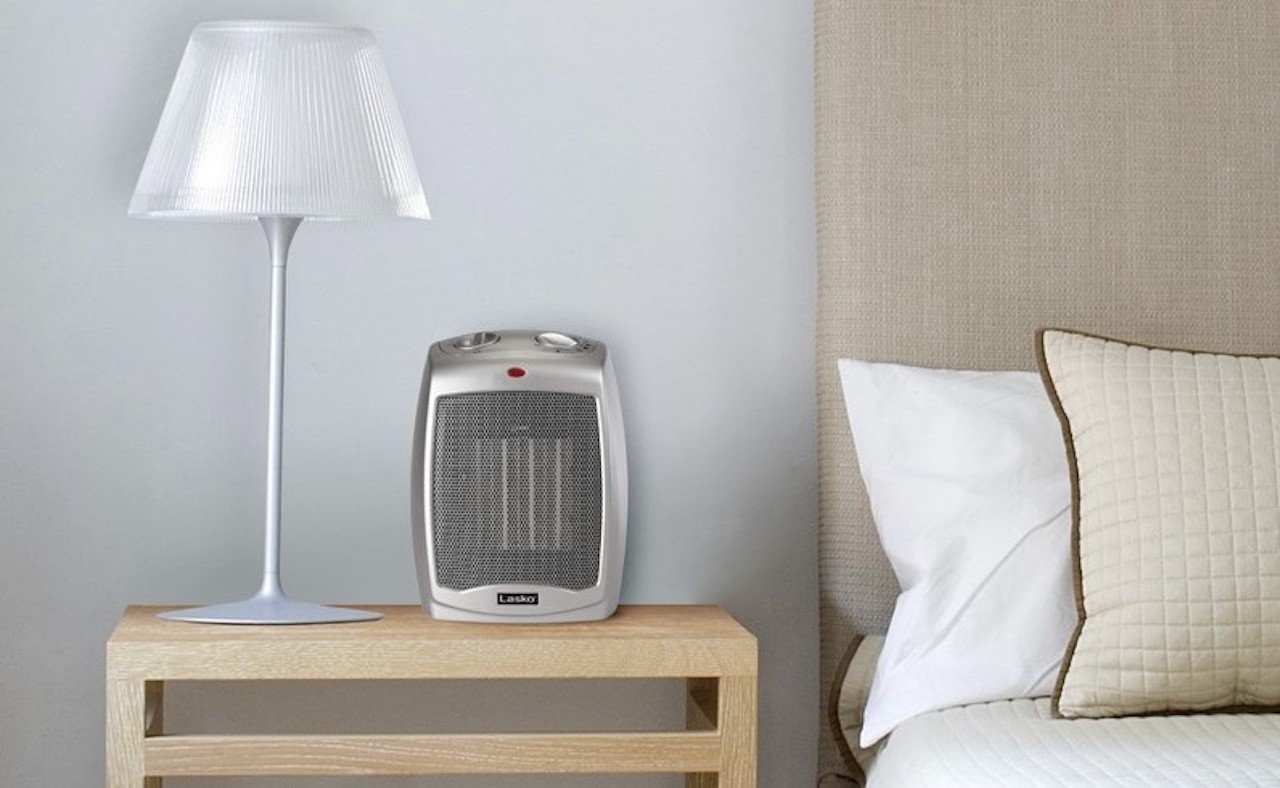Home>Articles>How Long Does It Take To Install Carpet In One Room
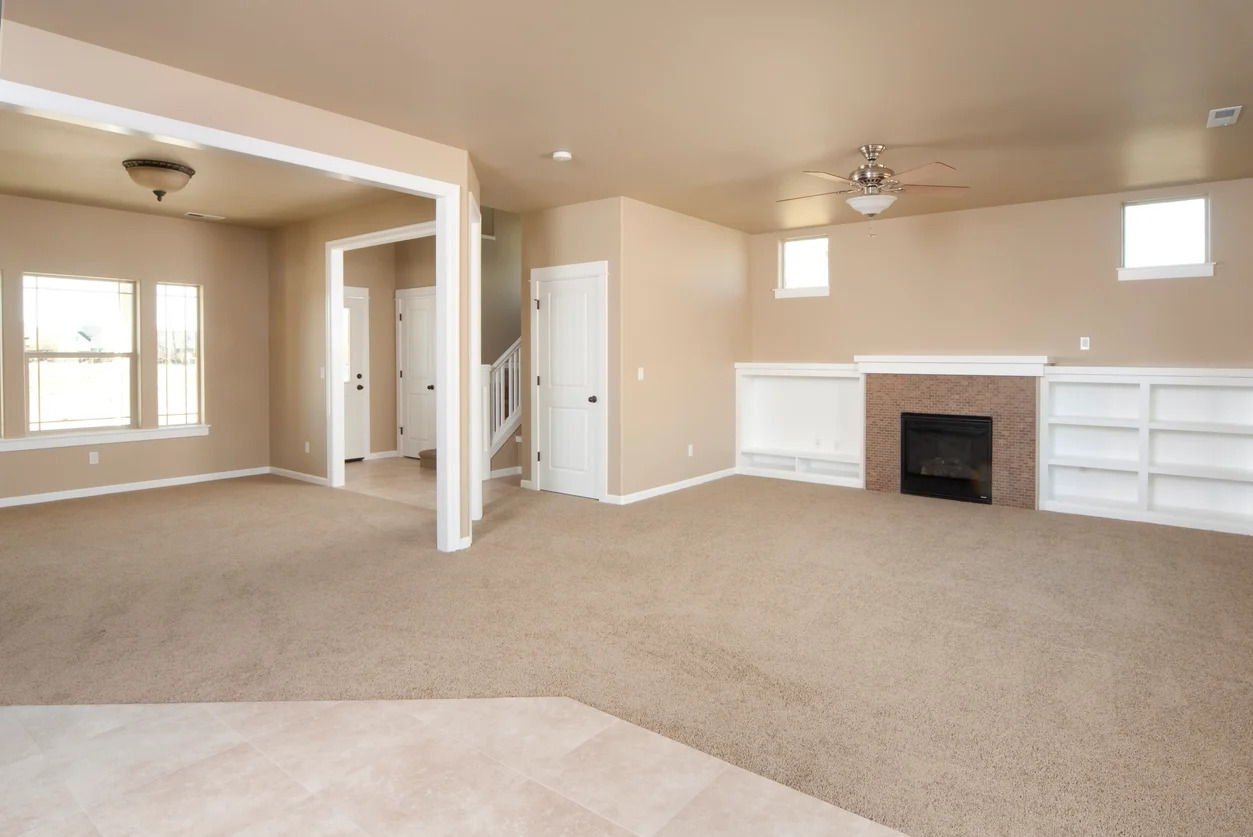

Articles
How Long Does It Take To Install Carpet In One Room
Modified: February 27, 2024
Find out how long it takes to install carpet in one room with this informative articles. Get insights, tips, and tricks to make the process faster and easier.
(Many of the links in this article redirect to a specific reviewed product. Your purchase of these products through affiliate links helps to generate commission for Storables.com, at no extra cost. Learn more)
Introduction
When it comes to renovating a room or giving it a fresh new look, installing carpet can make a world of difference. The softness underfoot, the added warmth, and the aesthetic appeal are just a few reasons why homeowners choose carpet flooring. However, one question that often arises is: how long does it take to install carpet in one room?
The time taken to install carpet in a room can vary depending on several factors. Understanding these factors is crucial in order to have a realistic expectation of the installation process and timeline. In this article, we will explore the key elements that affect carpet installation time and provide you with a comprehensive overview of each step involved in the process.
Key Takeaways:
- Transform your room with a new carpet installation, but be prepared for varying installation times based on factors like room size, carpet type, and subfloor condition. Clear communication and proper preparation are key to a successful installation experience.
- From measurement and estimation to finishing touches and cleanup, every step in the carpet installation process requires attention to detail. By understanding the factors that affect installation time and following recommended steps, you can achieve a seamless and visually stunning carpet installation that enhances the comfort and aesthetics of your living space.
Read more: How Long Does Carpet Installation Take
Factors Affecting Carpet Installation Time
Several factors influence the time it takes to install carpet in a room. It’s essential to consider these factors before starting the installation to avoid any surprises or delays. Here are the key elements that can affect the overall installation time:
- Room Size: The size of the room is a significant factor in determining the installation time. Larger rooms will naturally take longer to install compared to smaller ones.
- Carpet Type: Different types of carpet vary in terms of thickness, material, and pattern. Some carpets require additional time and effort to install properly, especially if there are intricate designs or patterns that need to be matched.
- Subfloor Condition: The condition of the subfloor can impact the installation time. If the subfloor needs repairs or leveling before the carpet can be installed, it may add extra time to the process.
- Obstacles and Furniture: Furniture removal or working around obstacles such as doors, vents, or appliances can increase the installation time. It’s important to plan for these factors and make necessary arrangements beforehand.
- Stairs and Angles: If the room has stairs or angles, it can add complexity to the installation process and may require extra time for precise cutting and fitting.
- Installation Method: The installation method chosen can also impact the time required. For example, a glue-down installation may take longer than a stretch-in installation.
- Experience and Skill of Installers: The experience and skill level of the installers can significantly affect the installation time. Experienced professionals are likely to complete the job more efficiently and in less time.
Keep in mind that these factors are not mutually exclusive, and often multiple factors can influence the installation time simultaneously. It’s essential to assess each factor and communicate your specific requirements and expectations with the installation team.
Measurement and Estimation
Before the actual carpet installation can take place, accurate measurements of the room need to be taken. This step is crucial to ensure that the right amount of carpet is ordered and that there is minimal waste. It’s essential to work with a professional installer or a reliable carpet store to ensure accurate measurements and proper estimation.
During the measurement process, the installer will measure the length and width of the room and take note of any irregularities or unique features such as closets or alcoves. These measurements will then be used to calculate the amount of carpet needed, including any additional allowances for waste or pattern matching. The installer will also consider the carpet’s direction and alignment to ensure a seamless and visually appealing result.
After the measurements are complete, the installer will provide an estimation of the carpet quantity required and advise on the most suitable options within your budget. It’s important to discuss any specific preferences, such as carpet thickness, materials, or patterns, during this stage to ensure the accurate estimation of costs and time.
Keep in mind that measurement and estimation are crucial steps that should not be rushed. It’s worth investing the time and effort in getting accurate measurements and estimations to avoid any surprises or delays later on. Professional installers will take into account various factors, including room size, shape, and any unique features to ensure an accurate estimation of the carpet quantity needed.
Selection and Ordering
Once the measurements and estimations have been completed, the next step in the carpet installation process is selecting the type of carpet and placing an order. This step requires careful consideration and attention to detail to ensure that the chosen carpet meets your requirements and preferences.
When selecting a carpet, consider factors such as color, texture, material, durability, and maintenance needs. It’s important to choose a carpet that aligns with your aesthetic preferences and lifestyle. For example, if you have pets or young children, a carpet with stain resistance and easy maintenance may be a better choice.
Once you have selected the carpet, it’s time to place an order. It’s recommended to work with a reputable carpet supplier or retailer who can provide quality products and accurate delivery times. It’s important to inquire about the estimated delivery date and communicate any specific scheduling requirements to ensure a smooth installation process.
During the ordering process, it’s essential to provide the accurate measurements obtained earlier to ensure that the correct amount of carpet is ordered. This step helps minimize waste and ensures a seamless installation. Additionally, consider ordering any necessary accessories, such as padding or transition strips, at the same time to have everything ready for the installation day.
Stay in close communication with the supplier or retailer during the ordering process to receive updates on the status of your order. This ensures that you are well-prepared for the installation day and can schedule accordingly.
With the selection and ordering process complete, you are one step closer to transforming your room with a brand new carpet. The next steps involve preparing the room for installation, removing any existing carpet or flooring, and making sure the room is in optimal condition for the installation process.
Carpet Removal
Before the new carpet can be installed, any existing carpet or flooring needs to be removed. This step is essential to ensure a clean and smooth surface for the new carpet. Carpet removal can be a time-consuming process, as it involves carefully detaching and removing the old carpet, as well as any padding or adhesives underneath.
Depending on the condition of the existing carpet and the installation method used, carpet removal can vary in complexity and time required. In some cases, the carpet may come off easily, while in others, it may be firmly secured with staples or adhesive. It’s important to handle the removal process with caution to avoid damaging the subfloor or any surrounding surfaces.
If there are any repair or replacement requirements for the subfloor, this is the ideal time to address them. The subfloor should be clean, level, and free of any debris or damage before the new carpet installation begins. If necessary, consult with a professional contractor or installer to assess and repair the subfloor as needed.
Carpet removal can generate a significant amount of waste, including the old carpet, padding, and any related materials. Proper disposal of these materials is important, and you should inquire about disposal options with the installer or your local waste management services. Some carpet retailers or installers may provide disposal services for an additional fee, or you can opt to arrange for disposal yourself.
By properly removing the existing carpet and preparing the subfloor, you are setting the stage for a successful and smooth installation of the new carpet. The next step in the process involves preparing the room and ensuring that all necessary adjustments are made to create the ideal environment for installation.
When installing carpet in one room, it typically takes around 4-6 hours for a professional installer. This can vary based on the size and complexity of the room, as well as the type of carpet being installed.
Read more: How Long Does It Take To Clean A Carpet
Preparing the Room
Once the old carpet has been removed and any necessary subfloor repairs have been made, it’s time to prepare the room for the installation of the new carpet. Proper preparation is crucial to ensure a seamless and efficient installation process. Here are the key steps involved in preparing the room:
- Clean the Room: Before the new carpet can be installed, it’s essential to have a clean and dust-free environment. Thoroughly sweep or vacuum the room to remove any debris or dirt.
- Remove Furniture and Obstacles: Clear the room of any furniture or obstacles that may hinder the installation process. If possible, move the furniture to another room or area to provide easy access to the entire floor area.
- Protect Valuables and Fragile Items: Take precautions to protect any valuable or fragile items that remain in the room during the installation. Cover them with plastic sheets or move them to a safe location within the room.
- Address Flooring Transitions: If your room has transitions to other types of flooring, such as tile or hardwood, ensure that the necessary transition strips or thresholds are in place. These strips provide a clean and seamless transition between different flooring materials.
- Ensure Proper Ventilation: Adequate airflow is crucial during the installation and drying process of the new carpet. Open windows or doors to allow for ventilation, or use fans or dehumidifiers if necessary.
- Address Baseboards and Moldings: Depending on the installation method chosen, the carpet may need to be tucked under baseboards or moldings. Ensure that these are in good condition and properly secured to the walls.
- Communicate Any Special Instructions: If you have any specific instructions or requests, such as particular carpet alignment or pattern matching, it’s important to communicate them to the installer beforehand. Clear communication ensures that your expectations are met during the installation process.
Taking the time to properly prepare the room for the new carpet installation sets the stage for a successful and efficient process. By addressing these preparation steps, you can ensure a smooth installation and a beautiful end result. The next step involves the actual installation process, where the new carpet will be fitted and secured in the room.
Carpet Installation Process
The carpet installation process involves several steps that are carefully carried out to ensure a precise and professional result. Here is an overview of the typical carpet installation process:
- Layout and Cutting: The installer will lay out the carpet in the room according to the pre-determined measurements and alignment. They will carefully cut the carpet to fit the dimensions of the room, taking into account any corners, angles, or obstructions.
- Pad Installation: If a carpet pad is being used, it will be installed prior to laying down the carpet. The pad provides additional cushioning and insulation for the carpet.
- Stretching and Securing: In the case of a stretch-in installation, the installer will use a power stretcher to stretch the carpet tightly across the room, ensuring a smooth and wrinkle-free surface. They will secure the carpet to the perimeter of the room using tack strips or adhesive, depending on the installation method.
- Seam Sealing: If the carpet installation requires multiple pieces of carpet to be joined together, the installer will carefully align and seam them. They will use a heat-activated seam tape and seaming iron to connect the edges, ensuring a seamless appearance.
- Trimming and Finishing: Once the carpet is in place, the installer will carefully trim any excess carpet around the edges of the room. They will also address any necessary adjustments around doors, vents, or other openings to ensure a clean and professional finish.
- Carpet Tucking: If required, the installer will tuck the edges of the carpet under baseboards or moldings for a neat and seamless appearance.
- Carpet Cleaning: After the installation is complete, the installer will thoroughly clean the carpet to remove any dirt, debris, or marks caused during the installation process.
Throughout the installation process, it’s important to communicate with the installer, address any concerns or questions, and ensure that the installation is progressing according to your expectations. A professional installer will take the necessary precautions to protect your property and ensure a high-quality installation.
Once the carpet is installed, the final steps involve the finishing touches and cleanup to leave the room looking fresh and inviting.
Finishing Touches and Cleanup
After the carpet installation process is complete, there are a few finishing touches and cleanup tasks to ensure a polished and professional result. These final steps are crucial in leaving the room looking pristine and ready for use. Here is an overview of the finishing touches and cleanup involved in the carpet installation process:
- Smooth out the carpet: Once the carpet is installed, the installer will go over the entire surface to ensure it is smooth, flat, and free of any wrinkles or lumps. They will address any uneven areas or imperfections, making any necessary adjustments to achieve a uniform appearance.
- Trim any loose fibers: During the installation process, some carpet fibers may become loose or frayed. The installer will carefully trim these loose threads, ensuring a neat and clean finish.
- Vacuum the carpet: After the trimmings are complete, the installer will thoroughly vacuum the newly installed carpet to remove any dirt, dust, or loose fibers. This step helps to freshen up the carpet and ensures a clean and tidy appearance.
- Inspect for any issues: The installer will perform a final inspection of the installed carpet to ensure that everything is in order. They will check for any visible seams, visible fasteners, or other issues that may require attention for a flawless finish.
- Cleanup of the work area: Throughout the installation process, there may be debris, scraps, or packaging materials left behind. The installer will take care to thoroughly clean up the work area, removing any waste materials and leaving the room clean and tidy.
- Walkthrough and customer satisfaction: The installer will typically invite you to do a walkthrough of the room to ensure you are satisfied with the installation. This is an opportunity to address any concerns or questions you may have. The installer will provide guidance on the care and maintenance of the carpet, ensuring you have all the information needed to keep your carpet looking its best.
By attending to these finishing touches and cleanup tasks, the installation process is brought to its completion. It’s important to communicate with the installer during this stage and notify them of any areas that require attention. With the installation finished and the room looking refreshed, you can now enjoy your newly installed carpet for years to come.
Conclusion
Installing carpet in a room is a transformative process that adds warmth, comfort, and beauty to any space. While the time it takes to install carpet in one room can vary depending on various factors, understanding the process and being aware of the elements that affect installation time can help you plan and manage your expectations effectively.
Factors such as room size, carpet type, subfloor condition, and installation method can influence the overall installation time. By considering these factors and communicating your specific requirements with the installation team, you can ensure a smooth and efficient carpet installation experience.
The installation process itself involves crucial steps such as measurement and estimation, selection and ordering, carpet removal, preparing the room, and the actual installation process. Each step requires attention to detail and proper execution to achieve a beautiful end result.
Finishing touches and cleanup are vital in leaving the room looking pristine and ready for use. Taking the time to smooth out the carpet, trim loose fibers, vacuum, inspect for any issues, and clean up the work area are important steps in ensuring customer satisfaction and a well-executed installation.
In conclusion, installing carpet in one room can be a relatively quick and straightforward process when approached with careful planning and the help of professional installers. By considering the various factors involved, communicating your needs clearly, and following the recommended steps, you can enjoy a seamless and visually stunning carpet installation that will enhance the comfort and aesthetics of your living space.
Now that you have a comprehensive understanding of the carpet installation process, you can proceed with confidence and make informed decisions to create a beautiful and inviting room in your home.
Frequently Asked Questions about How Long Does It Take To Install Carpet In One Room
Was this page helpful?
At Storables.com, we guarantee accurate and reliable information. Our content, validated by Expert Board Contributors, is crafted following stringent Editorial Policies. We're committed to providing you with well-researched, expert-backed insights for all your informational needs.
